Measuring the success of your social media marketing efforts can be such a pain.
Likes, comments, shares, views, clicks, CPA, Conversion Rate, CPM… The sheer number of metrics used in digital and social media marketing can be mind boggling.
How do you make sense of these different terms? More importantly, which ones should you pay attention to?
I feel your pain.
As a communicator and brand storyteller who is more “art” than “science”, it took me some time to grasp what the different terms for social media marketing meant. Thankfully, I’ve done the hard work of digesting them and will try to make it simple for you.
Read on to learn how you can better measure your social media KPIs and derive your ROI for social media marketing.
Awareness, Engagement or Conversion?
The first question you need to answer is this: “What is my social media marketing objective?”
The more focused you are in answering this question, the better your outcomes would be.
Generally speaking, there are three main objectives in social media marketing.
#1 Social Media Brand Awareness
Social media marketing is a great way to increase brand awareness and recall. With “Word Of Mouse” share-ability literally built into them, social networks like Facebook, Twitter, LinkedIn and Instagram are great ways to get your brand out there.
Examples of brand awareness KPIs include:
- Number of visitors/page views to your website
- Number of hashtagged posts
- Number of “likes” or favourites
- Number of social shares
- Number of audiences reached through social networks
- Alexa rating of website
#2 Social Media Engagement
These days, having a wide reach isn’t enough. You need to encourage your followers and fans to interact with your brand on social media.
Social media engagement is a measure of how “sticky” your content is, and how “likable” your brand is on social.
Key measures include…
- Growth rate of fans and followers
- Low bounce rate on your website
- Average number of likes per post
- Average number of comments per post
- Average shares per post
- Number of advocates (ie those who would share your content) per month
#3 Social Media Conversion
Conversion is the “nirvana” of any social media marketer. It is a measure of the actions taken by a user which moves him or her from visitor to member, prospect or even customer.
Key conversion KPIs include:
- Number of subscribers to email list
- Number of downloads
- Number of promotion redemptions
- Number of purchases
- Value of purchases
Social Media Advertising Metrics
Now that you have derived some social media KPIs, you need to consider what you can do to boost the performance of your social channels.
The best way to do so? Invest in targeted advertising on channels like Facebook, Twitter, LinkedIn or other social networks.
Like any form of online advertising, you need to understand some basic terms. Let us look at some of these measures (courtesy of Powered By Search).
#1 Cost Per Thousand Impression (CPM)
In the world of advertising, impressions measure the number of times an advertisement is displayed. Often, the term CPM or Cost per Thousand Impression (the “M” in CPM represents the Roman numeral for 1,000) is used.
For example, if a website or social network charges $2 CPM, that means an advertiser must pay $2 for every 1,000 impressions of its ad.
Comparatively speaking, social media CPM is usually far superior to other traditional channels as shown in the chart below:
Courtesy of gremln
#2 Cost Per Click (CPC) or Pay Per Click (PPC)
Also known as Pay Per Click or PPC, Cost Per Click is the most commonly used way to determine one’s online advertising effectiveness.
It is derived by dividing the total cost of online advertising by the number of ads clicked as shown below:
Often, the Cost Per Click of your ad is determined by factors such as the precision of your targeting, the quality of your ad, as well as its relevance to your target audience.
On Facebook, your Ad Relevance score is calculated based on the actual and expected positive and negative feedback from your target audience to the appearance of your ad. This includes factors such as their actions (do they click on the ad?), likes, and shares.
#3 Click Through Rate (CTR)
Click-through rate (CTR) is a universal metric used to measure the success of your online advertisement, content, or email.
It looks at the number of users who click on a specific ad or link compared to the number who viewed that ad, link or page.
This can be summarised with the following equation:
Often, the CTR can be improved through a combination of better targeting, higher quality content (at least from the perspective of your target audience), and improved layout and design. This has to be considered along the entire digital marketing funnel (see my article on B2B Digital Marketing).
#4 Cost Per Action (CPA)
Your Cost Per Action (CPA) varies significantly, depending on what “action” you wish to measure.
Often, digital marketers tend to link such “actions” with more bottom-of-funnel indicators like leads generated, downloads, or sales.
Some examples of CPAs can be seen in the diagram below:
#5 Conversion Rate
The conversion rate is a second order metric which looks at what happens AFTER people clicked on your ad or post.
In other words, do they proceed to take a more definitive action (like buy a product, download an app, or sign up for a webinar) or leave your landing page (ie “bounce”) after clicking through your ad.
A good way to improve your conversion rate is to undertake some funnel analysis. You can read more about using Google Analytics to analyse the effectiveness and efficiency of your landing pages and web pages here.
#6 Return on Ad Spend (ROAS)
Measuring social media advertising costs alone isn’t a good way to derive your campaign budgets. You need to know how much profit you can achieve from your campaign.
So long as your profit is greater than your cost (hopefully a lot more), you can continue to increase your social media marketing budgets ad infinitum!
Here’s a simple way to remember this equation:
#7 Average Customer Lifetime Value (LTV)
Last, but certainly not least, you should determine what your average Customer Lifetime Value (LTV) is for your product or service.
By working out this dollar value (look at your historical records as a gauge), you can better determine how much you should invest in your online marketing and advertising efforts.
Use the online calculator from Customer Lifetime Value to work out something like what I’ve done below:
6 Steps to Measuring Social Media ROI
Are you still with me? Good!
Hope that the numbers and equations didn’t scare you off!
Now that you’ve dived into both social media KPIs and online advertising metrics, you should find a way to combine both to measure your social media ROI.
Here, I have to thank Neil Patel for his wonderfully detailed post (complete with infographic) on determining your ROI for social media campaigns.
#1 Set Social Media Conversion Goals
First, you need to establish what your social media conversion goals are. These are measurable actions (through clicks or others) which ultimately result in a transaction with monetary value. Often, they can be tracked by your analytics software (Google Analytics or others).
Examples include the following:
- Make online purchase
- Fill out contact form
- Use online quote feature
- Click on link to website
- Sign up for newsletter
- Download PDF
- Engage in social media interaction
- View video
#2 Track Social Media Conversions
How you track your social media conversions will depend on the social channels that you use, your tracking software as well as your available budget.
The key here is to find the exact number that can be traced to a end eventual outcome that is monetized.
According to Patel, the top 5 metrics for social media ROI are:
- Reach – followers, fans and members
- Traffic – visitors to website
- Leads
- Customers – track leads who purchased
- Conversion Rate
#3 Assign Dollar Value to Conversion
Once you have obtained the numerical value for your conversion, you need to assign a dollar value to each.
This can be done through either historical records (remember LTV?) or guesstimates.
In the example below from Patel, we can see that the value per download is derived from the average customer lifetime value of $175 times the percentage of eBook downloaders who became customers.
#4 Measure Dollar Value per Social Channel
Now that you have got the value per download, you need to total up the dollar value of all the downloads attained in a specific social media channel.
In the hypothetical example from Patel, we can see that Facebook scored the highest in terms of dollar value generated (“benefits”) relative to other social channels like LinkedIn, Twitter, or Instagram.
#5 Calculate Costs per Social Channel
Next, you got to determine how much you have invested in each social channel.
When deriving your costs for each social channel, remember to include the following:
- Manpower costs
- Outsourcing fees (eg for content production)
- Advertising fees (both production and media)
In Patel’s example, we can see that the costs varies for each channel, with LinkedIn registering the highest costs and Twitter the lowest.
#6 Determine Social ROI per Channel
Finally, you need to measure what your social ROI is!
Now, this is the fun and easy part after all that grueling hard work at the beginning.
Simply total up the benefits (or revenue/sales) for each channel, minus away the costs, times 100 and divide it by the total costs. That will give you your percentage Return On Investment (ROI) as shown below:
When we do so for each of the earlier examples as highlighted above, we can see that Facebook is the clear winner in Social Media ROI based on the examples worked out above. This is illustrated by Patel’s infographic below:
Let me know too if you’ve got any thoughts on how you can better measure and manage your social media marketing ROIs. I’d love to read your experiences!
More in My Social Media Course
What I’ve covered is just a sample of what you can learn in my two-day social media marketing workshop. Enroll in my training programme and enjoy the following benefits:
- Over 300 pages of detailed learning notes
- Step-by-step workbook detailing each process
- Numerous case studies and best practices
- Handy templates and tools
- FREE after-course email consultation


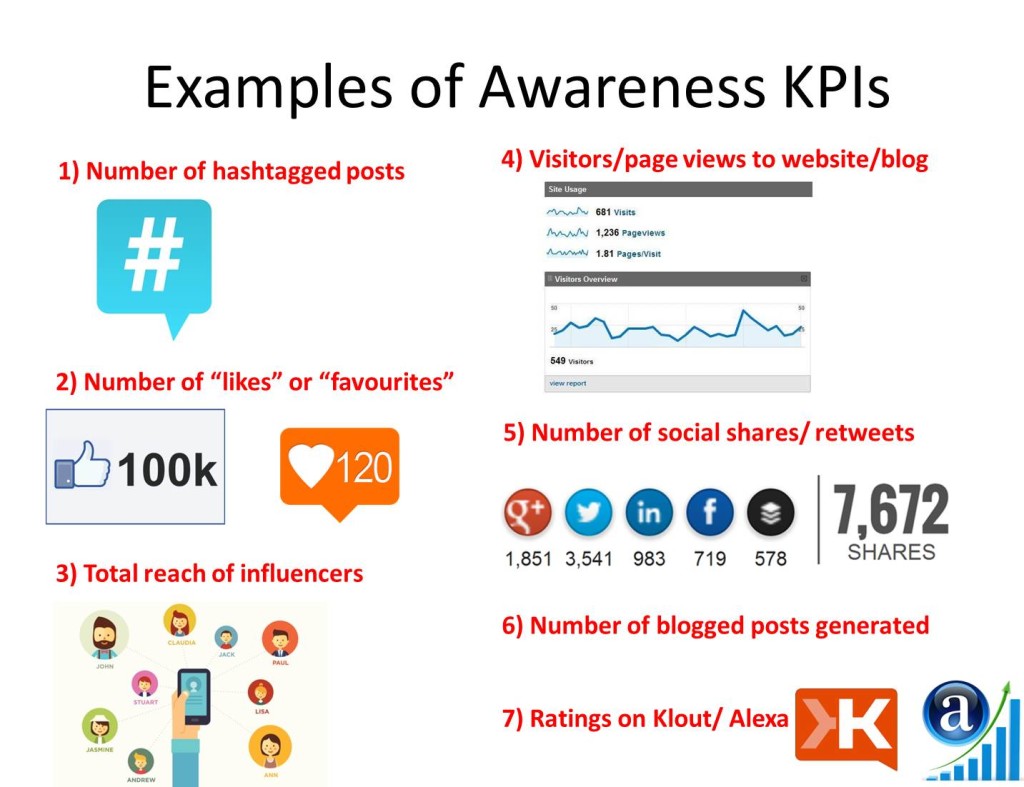
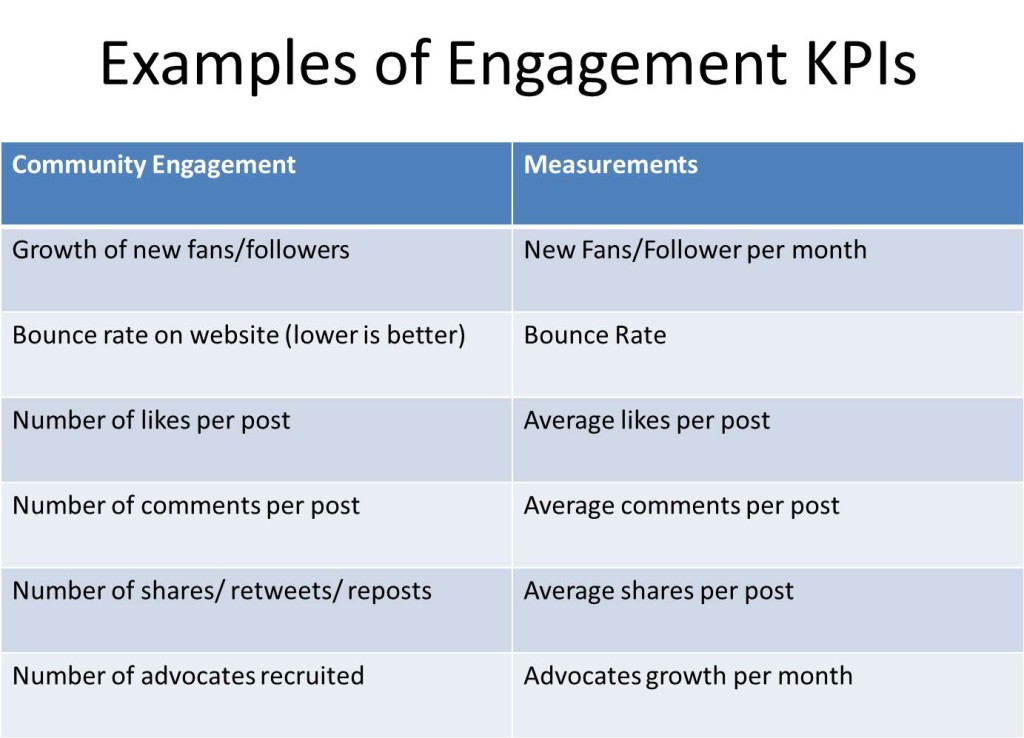
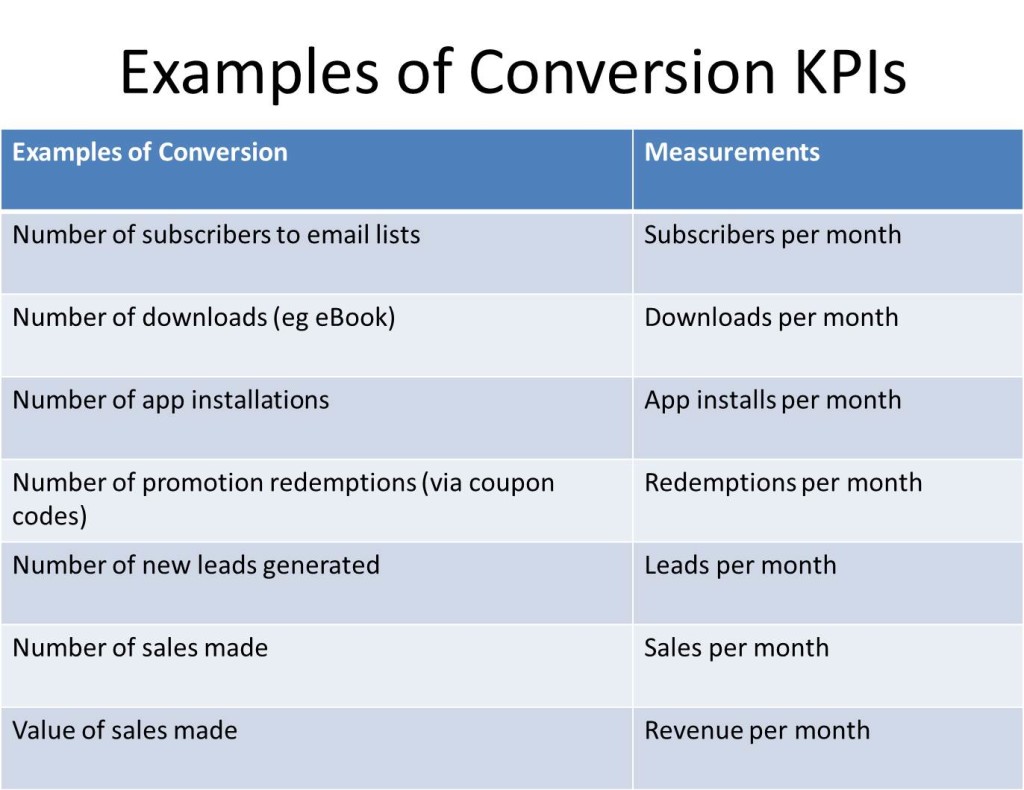
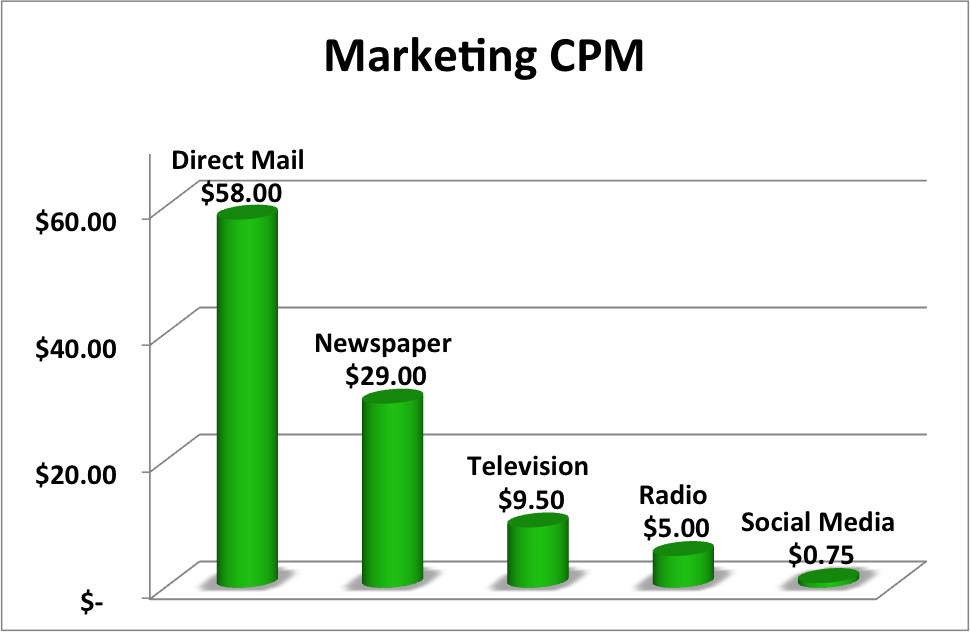



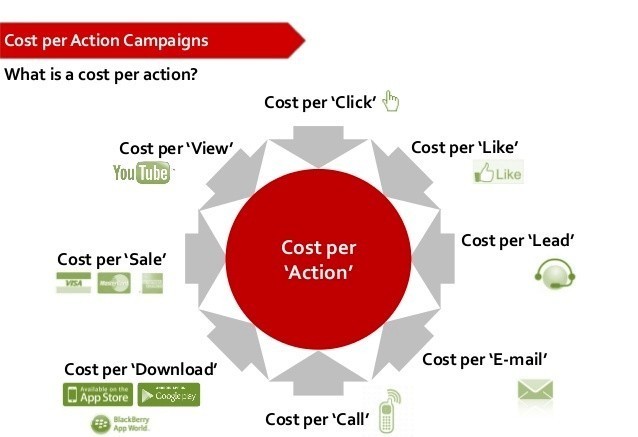


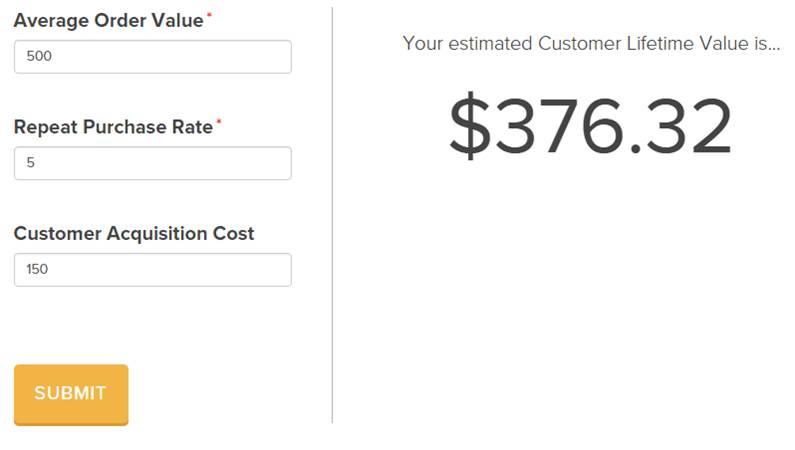
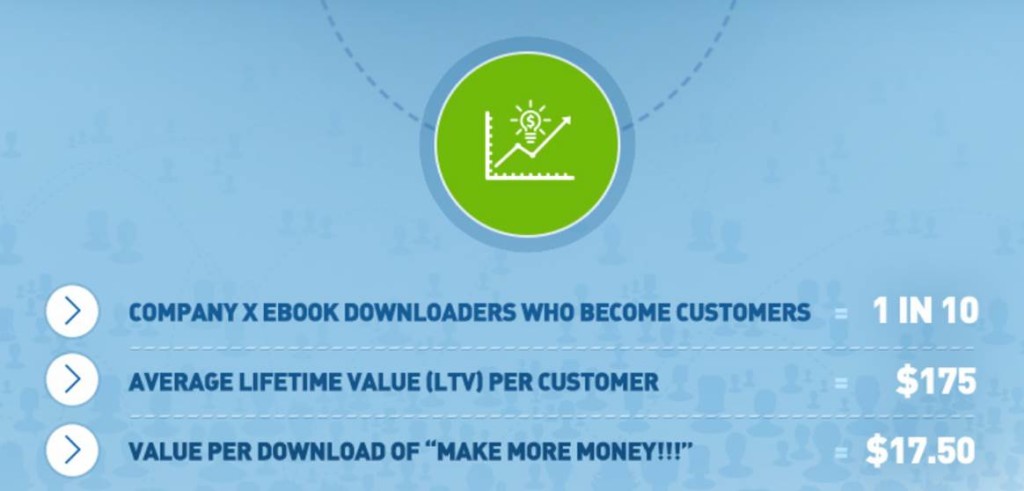
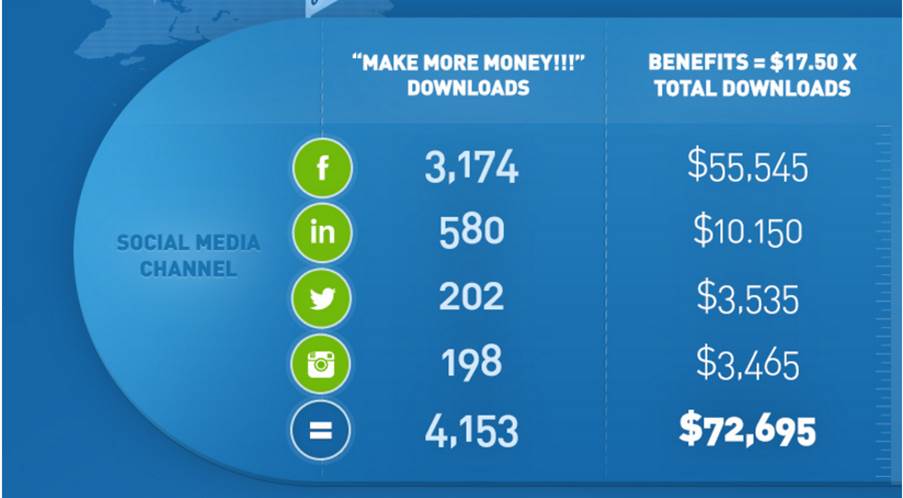
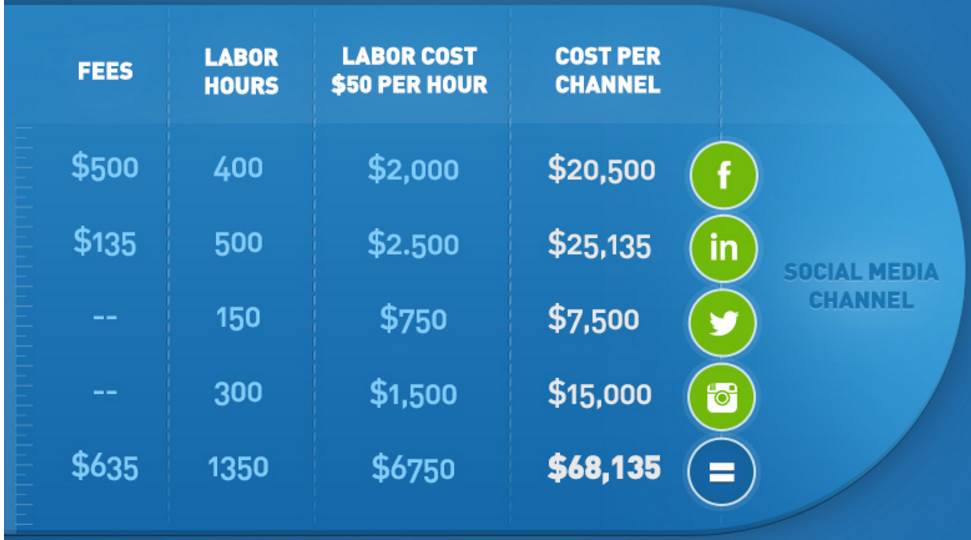
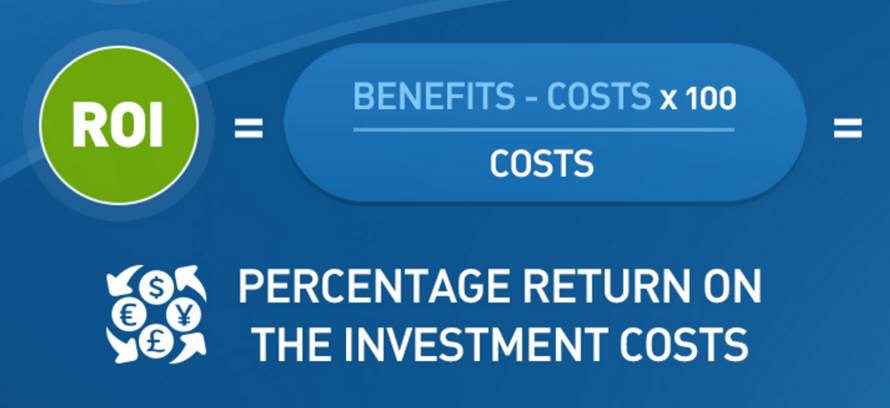
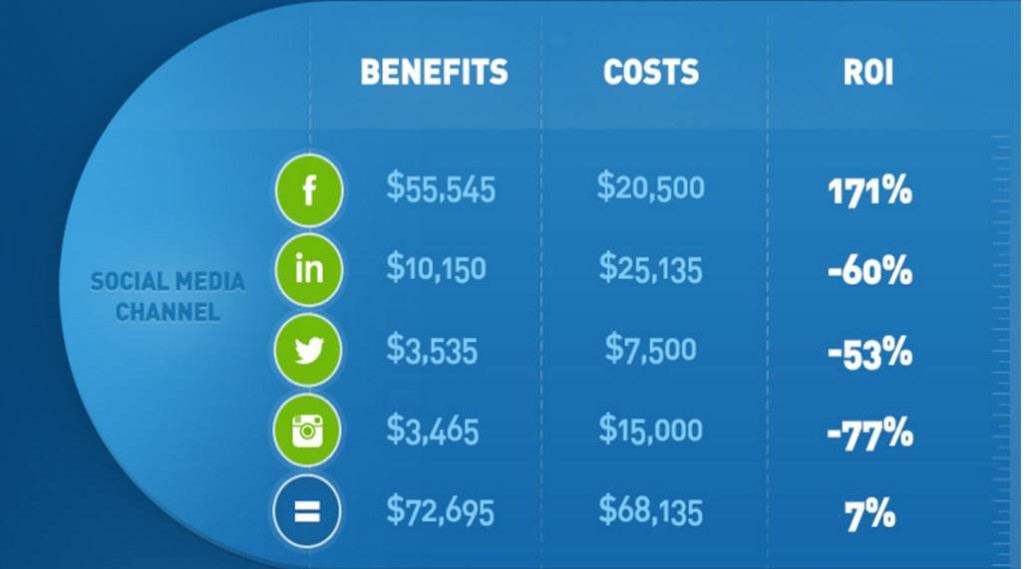
tnx a lot share a post
I think roi is not unique standard for social media